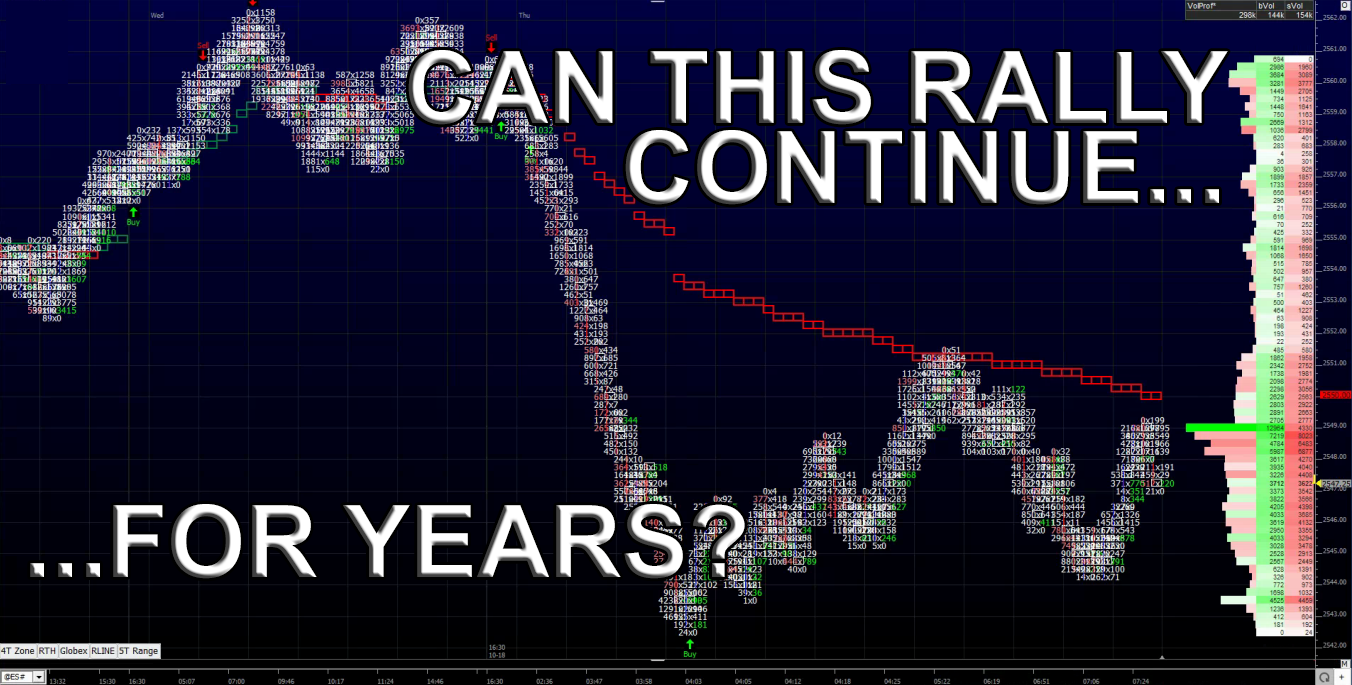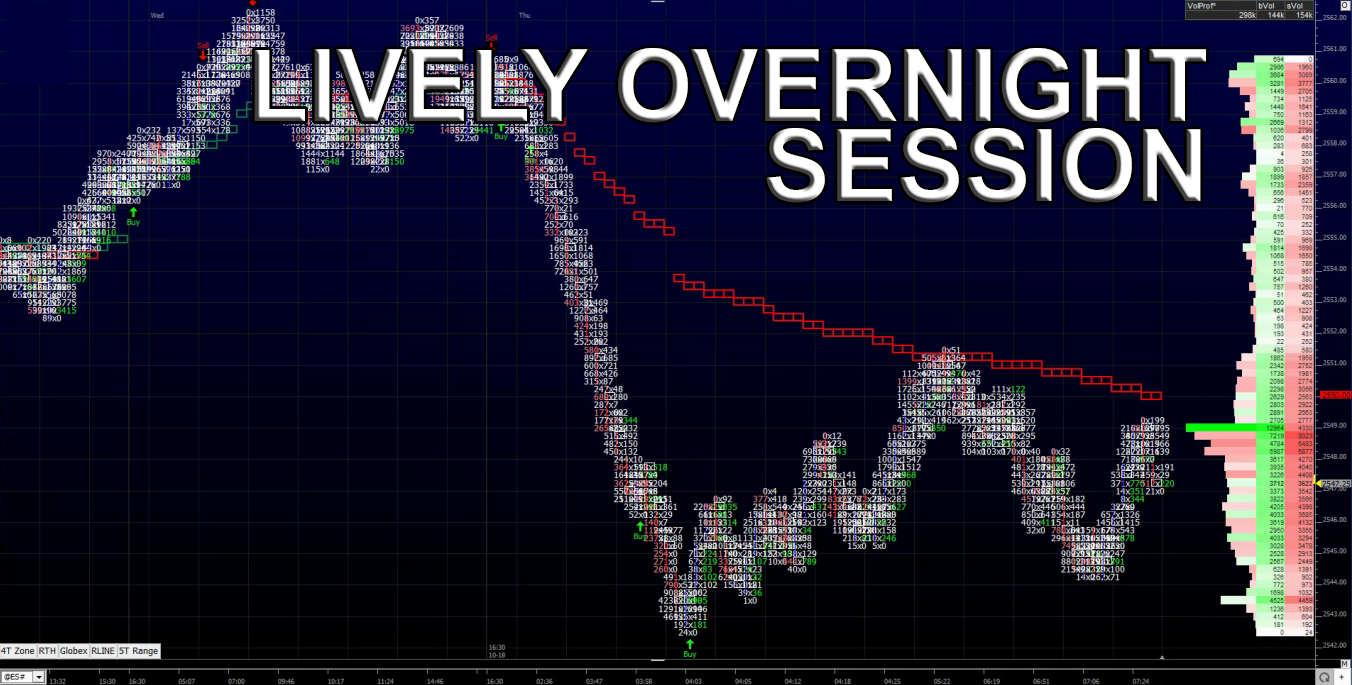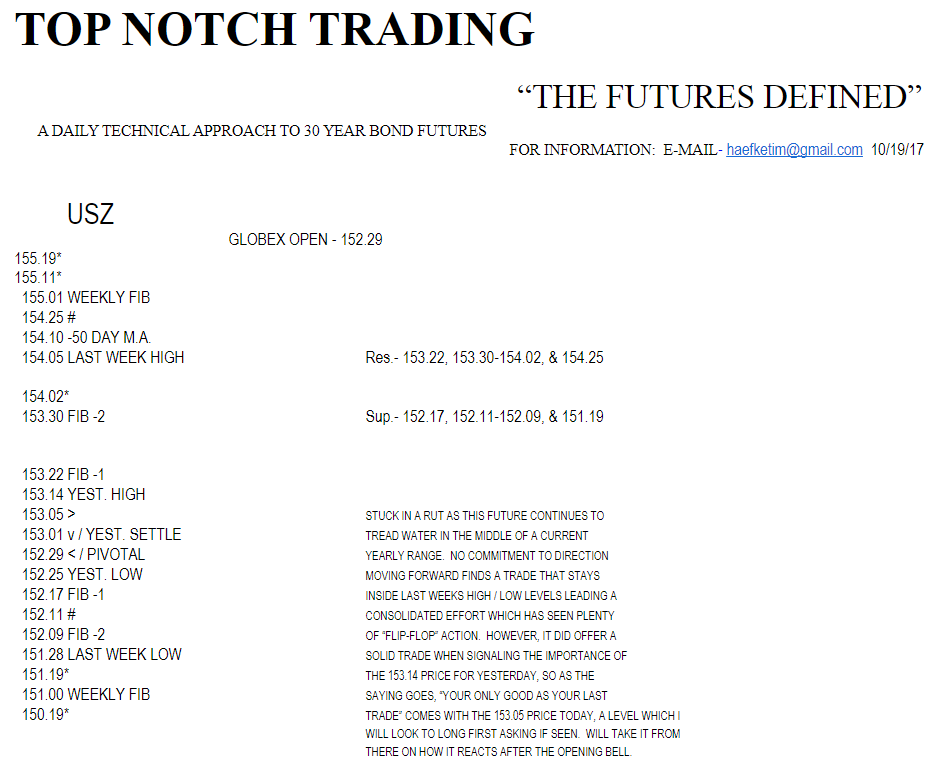
We all know that IBM (NYSE:IBM) reported its 22nd consecutive quarter of negative revenue growth, and the stock was up over $10.00, or up +10%. We also know that the S&P has not moved more than 0.50% in 1 of the last 27 sessions, and that the S&P cash study for the October options expiration was showing a bullish week. What we don’t know is how long the S&P can keep going up without some type of pull back / sell off.
$36 Billion Pulled From Mutual and ETF Funds
Despite investors pulling $36 billion out of U.S. stock, mutual, and exchange traded funds (ETFs) in the third quarter, the Dow made its 51st new all-time high yesterday. Many investors think that that the continued push has made the major indexes too expensive, and with the fed talking higher rates, and the continued talks of war with North Korea, the risk is too great. Yet, the S&P has only moved 0.50% or more one time in 27 sessions, and has not seen a daily pullback of 3% or more since Nov. 4, the longest stretch without a decline since the mid-1990s, which is why so many investors worried that a big sell off could be coming.
I have said many times over the last several months; barring a war, the current rally could go on for a ‘few more years’. With the markets up so much, there is nothing wrong with taking some profits. According to B of A Merrill Lynch, the amount of cash in investors’ portfolios remains historically elevated, even though cash balances slipped to their lowest level in 2½ years in October.
A September survey from 179 fund managers with $516 billion in assets pointed out that the average allocation to U.S. stocks fell to a net 28% underweight. The last time investors had so little allocated to U.S. stocks relative to their benchmarks was in November 2007. Is that a bearish signal? It could be, but like I have been saying, ‘baring a war with North Korea’, I think the current rally could last a few more years. In the investing world, there remains a ‘no place to go but stocks environment’, even with $36 billion being pulled out. The Republican tax overhaul and strong economic and corporate data continue to be a driving force.
A trader on Twitter said a fellow trader told him if you want to be successful you need stats going back hundreds of days for any kind of strategy. My answer was simple, if you are building a system I would say yes to that, but if you are day trading I would say no. No one has ever seen anything like this, so what are the old stats really going to tell you? I have had many discussions with the PitBull about this many times. The first part is none of the stuff we used to help us make money trading do not work, and the second part is that no one has ever seen a rally like this.
As for yesterday’s trade, the S&P 500 futures opened on the high at 2562.25, and then sold off down to 2557.25 just after 9:15. The ES then moved back above the vwap at 2560.25, before going back down and ‘double bottoming’ at the early low at 2557.25, and then took the rest of the day to rally back up to 2562.00. Again, the early MiM had over $400 million for sale, and initially the ES upticked, but when the actual NYSE imbalance came out Sell $120 million, the ES started to pull back down to 2558.25. Total volume was scary low, at 2:53 CT there were only 623,000 ES traded, and that included 130,000 from Globex.
While You Were Sleeping

Overnight, traded mixed, with a slight bias to the down side, and were held down by the Hang Seng Index, which closed down a whopping -1.92%. Meanwhile, in Europe, stocks are trading lower across the board, with the DAX down -0.85%.
In the U.S., the S&P 500 futures opened last night’s globex session at 2560.00, and traded in a 2 handle range until 1:30am CT. As Asian markets were closing, and European markets were opening, the ES caught wind of the weakness overseas and started a violent break down to 2542.50. The ES has since recovered a little, and started to slow down. As of 7:20am CT, the last print in the ES is 2548.75, down -11.25 handles, with 287k contracts traded.
In Asia, 7 out of 11 markets closed lower (Shanghai -0.35%), and in Europe 12 out of 12 markets are trading lower this morning (FTSE -0.54%).
Today’s economic calendar includes Jobless Claims (8:30 AM ET), Philadelphia Fed Business Outlook Survey (8:30 AM ET), Bloomberg Consumer Comfort Index (9:45 AM ET), Leading Indicators (10:00 AM ET), EIA Natural Gas Report (10:30 AM ET); Earnings — BB&T (NYSE:BBT) (5:45 a.m. ET), Danaher (NYSE:DHR) (6:00 a.m. ET), Textron (NYSE:TXT) (6:30 a.m. ET), Bank of New York Mellon (NYSE:BK) (6:30 a.m. ET), KeyCorp (NYSE:KEY) (6:30 a.m. ET), PPG Industries (NYSE:PPG) (6:51 a.m. ET), Travelers Companies (6:57 a.m. ET), Philip Morris International (NYSE:PM) (7:00 a.m. ET), Blackstone (NYSE:BX) (7:00 a.m. ET), Verizon (7:30 a.m. ET), Nucor (NYSE:NUE) (9:00 a.m. ET), athenahealth (4:01 p.m. ET), Paypal (4:15 p.m. ET) NCR Corp. (4:15 p.m. ET).
$120 Billion In Stock Company Buybacks
Our View: According to the S&P and Dow Jones indices in the second quarter, companies in the S&P 500 bought back $120 billion worth of stock. These buybacks have been an intricate part of the rally, and have been since the fed lowered rates to zero. I do not know when that markets are going to ‘correct’, but I do know as long as the volume stays historically low, buying weakness is where the money trade rests.
Do I think you could buy some puts? Sure, as my friends Hayes once said; you can play the long side in the ES, but buy some puts. I agree, there has to be a pullback, I just don’t know when, or from what price. As the PitBull always said; the markets rally early in the week and early in the day. Our view remains unchanged, you can sell the gap higher opens, or the first rally above the gap, or just be patient and buy the dip.
PitBull: CLZ osc 21/2 turns down on a close below 5274, ESZ osc 17/26 turns down on a close below 255740, VIX osc 8/0 turns down on a close below 1011.

